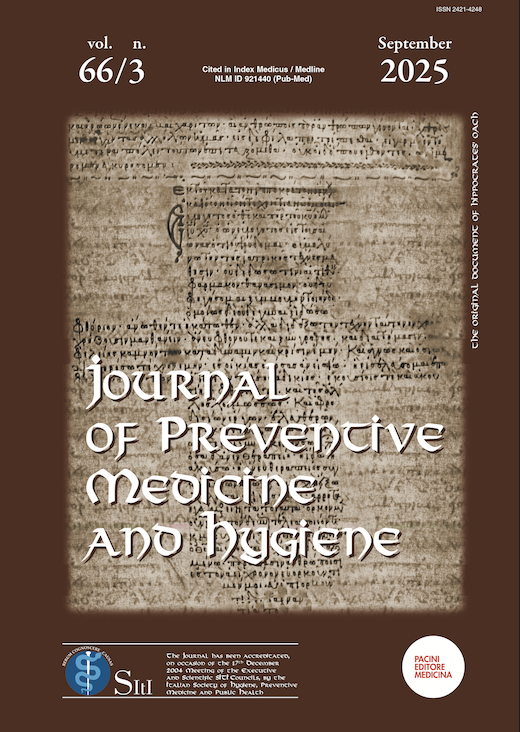Abstract
This letter addresses the critical issues affecting non-medical health professions in Italy, highlighting the inefficacy of master's degrees and the proliferation of redundant professional roles. Despite advanced training, these professionals often experience stagnant career progression and limited autonomy due to overlapping roles and resistance from the medical community. The letter also underscores the lack of European harmonization in educational standards, which exacerbates these challenges. To improve the system, the letter advocates for reducing role overlaps, reforming advanced education, and promoting greater autonomy for non-medical health professionals to ensure patient-centered care.
References
Salute M della. Professioni sanitarie [Internet]. [cited 2024 Aug 25]. Available from: https://www.salute.gov.it/portale/professioniSanitarie/dettaglioContenutiProfessioniSanitarie.jsp?lingua=italiano&id=808&area=professioni-sanitarie&menu=vuoto
Capsada-Munsech Q. The role of social origin and field of study on graduates’ overeducation: the case of Italy. High Educ. 2015 May 1;69(5):779–807.
Marcotrigiano V, Pattavina F, Blangiardi L, Salerno G, Dalena A, Del Bianco F, et al. The Preventive Health Professions in Italy: The Efficient Use of Resources, Skills and Best Practice during the Pandemic. Healthcare. 2022 Oct;10(10):1906.
Abbafati C, Rosano A. Work-related socioeconomic determinants of health: evidence from educational mismatch in Italy. Front Public Health. 2024 Jul 24;12:1388093.
Europe WHORO for, Policies EO on HS and, Buchan J, Wismar M, Glinos IA, Bremner J. Health professional mobility in a changing Europe: new dynamics, mobile individuals and diverse responses: volume II [Internet]. World Health Organization. Regional Office for Europe; 2014 [cited 2024 Aug 25]. Available from: https://iris.who.int/handle/10665/326372
van der Aa JE, Scheele F, Goverde AJ, Teunissen PW. A qualitative study on harmonization of postgraduate medical education in Europe: negotiating flexibility is key. Perspect Med Educ. 2019 Aug;8(4):216–22.

